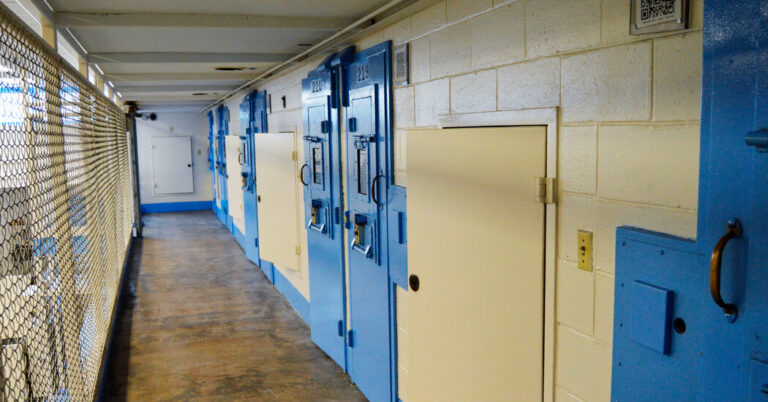GDP Grew at 2.4% Rate in Q2 as US Economy Stayed on Track
The economic recovery gained momentum in the spring as buoyant consumer spending and resurgent business investment helped, once again, to keep a recession at bay.
Gross domestic product, adjusted for inflation, rose at a 2.4 percent annual rate in the second quarter, the Commerce Department said Thursday. That was up from a 2 percent growth rate in the first three months of the year and far stronger than forecasters expected a few months ago.
Consumers led the way, as they have throughout the recovery from the severe but short-lived pandemic recession in 2020. Spending rose at a 1.6 percent rate, slower than in the first quarter but still solid. Much of that growth came from spending on services, as consumers shelled out for vacation travel, restaurant meals and Taylor Swift tickets.
Consumers didn’t carry all the weight, however. Business investment rebounded in the second quarter after slumping in the first three months of the year, and increased spending by state and local governments contributed to growth.
“If you’re looking for a working definition of ‘resilient,’ look no further than the American economy,” said Joseph Brusuelas, chief economist at RSM. “This is absolutely rock-solid.”
The persistent strength of the economy has surprised economists, many of whom thought that high inflation — and the Federal Reserve’s efforts to stamp it out through aggressive interest-rate increases — would lead to a recession, or at least a clear slowdown in the first half of the year. For a while, it looked as if they were going to be right: Tech companies were laying off tens of thousands of workers, the housing market was in a deep slump and a series of bank failures set up fears of a financial crisis.
Instead, layoffs were mostly contained to a handful of industries, the banking crisis did not spread and even the housing market has begun to stabilize. The job market stayed strong, giving Americans money to spend: Personal income, after taxes and adjusted for inflation, rose at a 2.5 percent rate in the second quarter.
“The things we were all freaked out about earlier this year all went away,” said Michael Gapen, chief U.S. economist at Bank of America.
Inflation has also slowed significantly. That has eased pressure on the Fed to keep raising rates, leading some forecasters to question whether a recession is such a sure thing after all. Jerome H. Powell, the Fed chair, said on Wednesday that the central bank’s staff economists no longer expected a recession to begin this year.
Still, many economists say consumers are likely to pull back their spending in the second half of the year, putting a drag on the recovery. Savings built up earlier in the pandemic are dwindling. Credit card balances are rising. And although unemployment remains low, job growth and wage growth have slowed.
“All those tailwinds and buffers that were supporting consumption are not as strong anymore,” said Blerina Uruci, chief U.S. economist at T. Rowe Price. “It feels to me like this hard landing has been delayed rather than canceled.”
Check out our Latest News and Follow us at Facebook
Original Source







